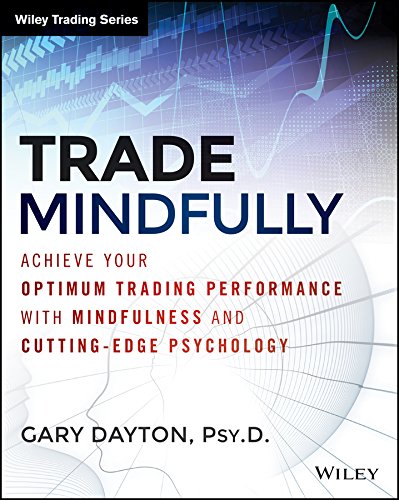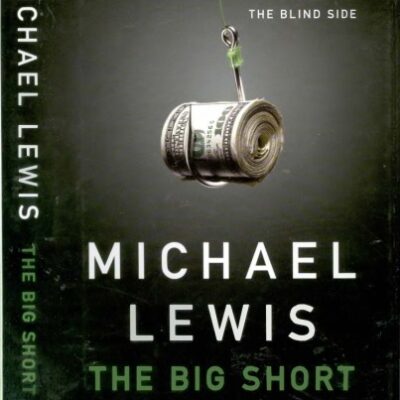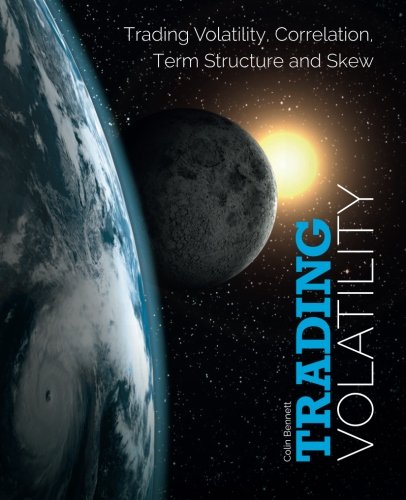

خرید و دانلود نسخه کامل کتاب Trading Volatility: Trading Volatility, Correlation, Term Structure and Skew – Original PDF
64,500 تومان قیمت اصلی 64,500 تومان بود.37,500 تومانقیمت فعلی 37,500 تومان است.
تعداد فروش: 51
Author:
Colin Bennett
OPTION TRADING IN PRACTICE Using options to invest has many advantages over investing in cash equity. Options provide leverage and an ability to take a view on volatility as well as equity direction. However, investing in options is more complicated than investing in equity, as a strike and expiry need to be chosen. This can be seen as an advantage, as it enforces investor discipline in terms of anticipated return and ensures a position is not held longer than it should be. We examine how investors can choose the appropriate strategy, strike and expiry. We also explain hidden risks, such as dividends and the difference between delta and the probability an option ends up in-the-money. HISTORY OF VOLATILITY TRADING While standardised exchange traded options only started trading in 1973 when the CBOE (Chicago Board Options Exchange) opened, options were first traded in London from 1690. Pricing was made easier by the Black-Scholes-Merton formula (usually shortened to Black- Scholes), which was invented in 1970 by Fischer Black, Myron Scholes and Robert Merton. The derivatives explosion in the 1990s was partly due to the increasing popularity of hedge funds, which led to volatility becoming an asset class in its own right. New volatility products such as volatility swaps and variance swaps were created, and a decade later futures on volatility indices gave investors listed instruments to trade volatility. In this section we shall concentrate on option trading. LONG OR SHORT STRATEGIES ARE POSSIBLE WITH OPTION TRADING A European call is a contract that gives the investor the right (but not the obligation) to buy a security at a certain strike price on a certain expiry date (American options can be exercised before expiry). A put is identical except it is the right to sell the security. A call option profits when markets rise (as exercising the call means the investor can buy the underlying security cheaper than it is trading, and then sell it at a profit). A put option profits when markets fall (as you can buy the underlying security for less, exercise the put and sell the security for a profit). Options therefore allow investors to put on long (profit when prices rise) or short (profit when prices fall) strategies.



نقد و بررسیها
هنوز بررسیای ثبت نشده است.